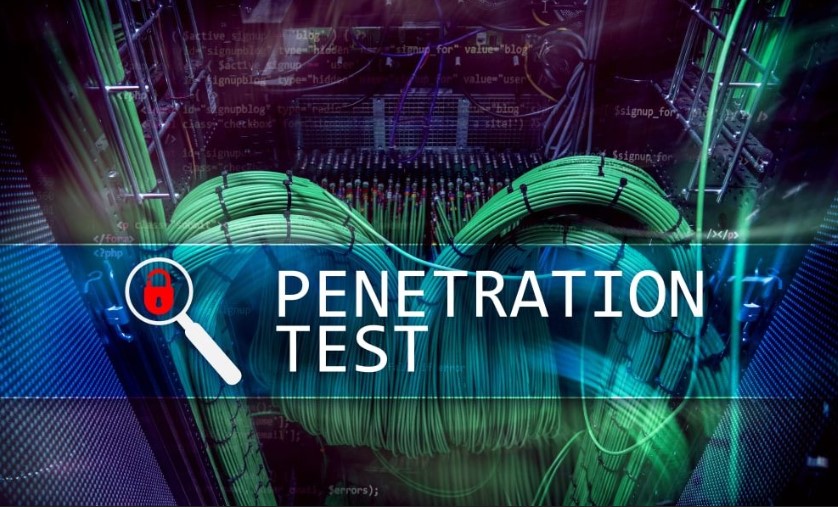The Power of Penetration Testing in Cyber Security
April 9, 2024

In the high-stakes world of cybersecurity, organizations face an unrelenting barrage of evolving threats. To fortify digital defenses, cybersecurity professionals employ a proactive strategy known as penetration testing. In this blog post, we’ll unravel the mysteries of penetration testing, exploring what it is and how this practice serves as a formidable weapon in the arsenal against cyber threats.
Defining Penetration Testing
Penetration testing, often referred to as ethical hacking or pen testing, is a systematic and controlled approach to identifying and exploiting vulnerabilities in computer systems, applications, and networks. Unlike malicious hackers, ethical hackers engage in this practice with explicit permission, aiming to assess and strengthen an organization’s security posture.
The Objectives of Penetration Testing
The primary objectives of penetration testing are twofold: to uncover potential weaknesses in a system’s defenses and to evaluate the effectiveness of existing security measures. By simulating real-world cyber-attacks, penetration testing provides valuable insights into an organization’s vulnerabilities, helping to prioritize remediation efforts.

Types of Penetration Testing
Penetration testing can take various forms, each targeting specific areas of an organization’s digital landscape. Examples include:
- Network Penetration Testing: Evaluates the security of network infrastructure.
- Web Application Penetration Testing: Focuses on identifying vulnerabilities in web applications.
- Social Engineering Testing: Assesses the susceptibility of individuals to manipulation.
- Wireless Network Penetration Testing: Evaluates the security of wireless networks.
The Penetration Testing Process
Penetration testing typically follows a structured methodology, including:
- Planning and Scoping: Defining the scope, objectives, and rules of engagement.
- Reconnaissance: Gathering information about the target system.
- Vulnerability Analysis: Identifying potential weaknesses.
- Exploitation: Attempting to exploit identified vulnerabilities.
- Post-Exploitation: Assessing the impact of successful exploits.
- Reporting: Documenting findings, risks, and recommendations.

Benefits of Penetration Testing
- Risk Mitigation: By identifying and addressing vulnerabilities proactively, organizations can reduce the risk of falling victim to cyber-attacks.
- Compliance Requirements: Penetration testing helps organizations meet regulatory and compliance standards by demonstrating a commitment to robust cybersecurity practices.
- Enhanced Security Awareness: Penetration testing raises awareness among stakeholders about potential threats and the importance of cybersecurity.
- Continuous Improvement: Regular penetration testing allows organizations to adapt and enhance their security measures based on evolving threats and technologies.
Choosing the Right Penetration Testing Approach
Organizations should tailor their penetration testing approach to their specific needs, considering factors such as the nature of their infrastructure, industry regulations, and the types of threats they are likely to face.

In the relentless battle against cyber threats, penetration testing stands as a powerful ally, offering a proactive and strategic approach to fortifying digital defenses. By embracing this practice, organizations can not only identify and address vulnerabilities but also foster a culture of continuous improvement and resilience in the face of an ever-changing threat landscape.
In the intricate dance between defenders and adversaries, penetration testing emerges as a crucial step towards securing the digital fortresses we depend on. Cocha Technology offers penetration testing for your business needs. Contact us today and see what you’ve been missing.
Have Any Question?
Call or email Cocha. We can help with your cybersecurity needs!
- (281) 607-0616
- info@cochatechnology.com




